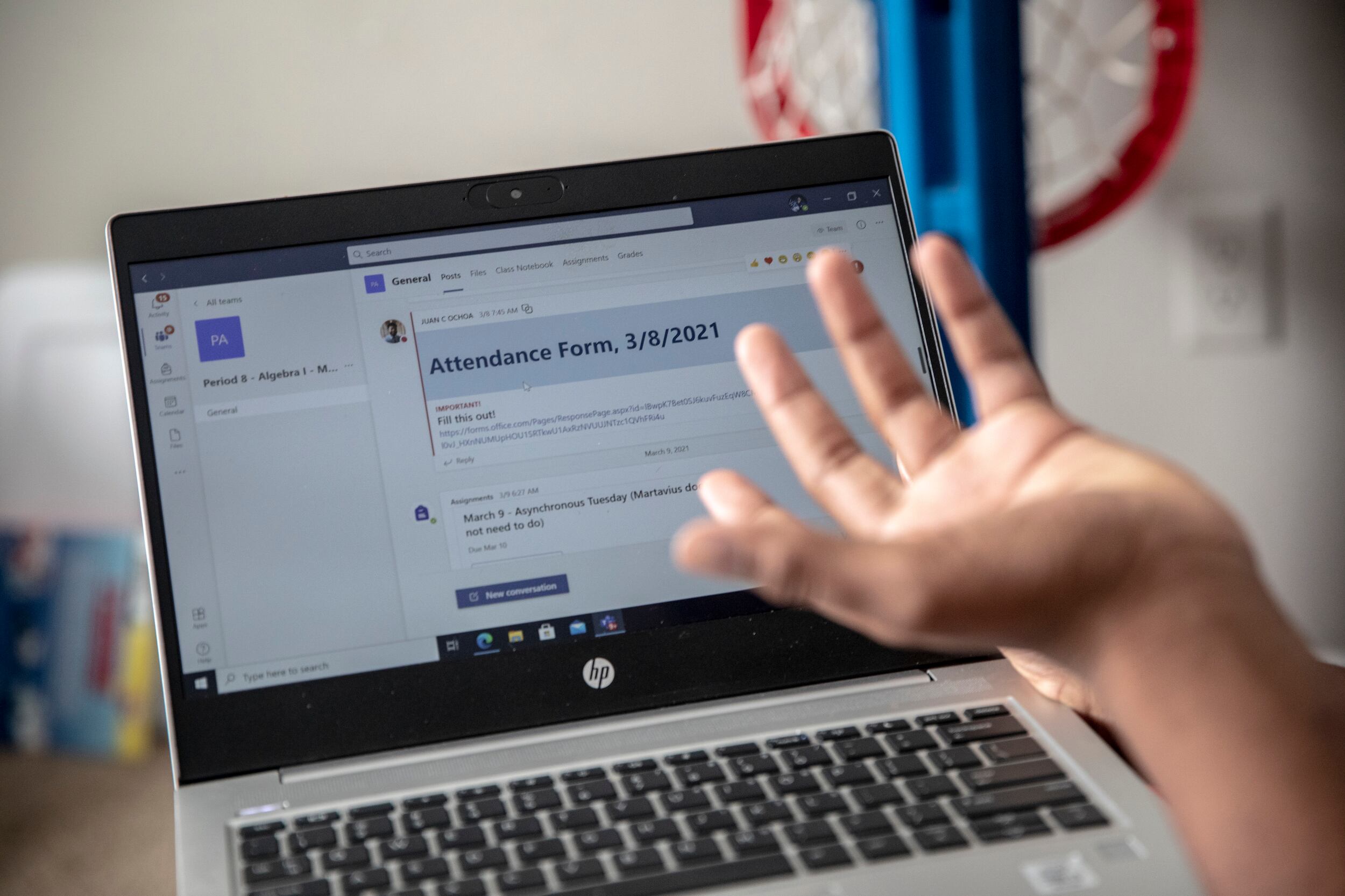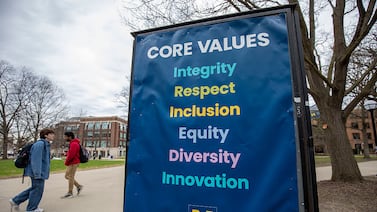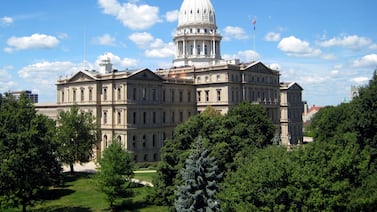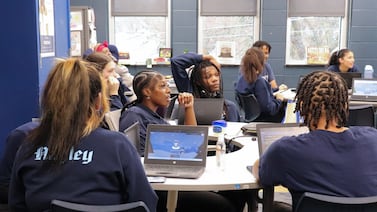Philadelphia officials plan to open school buildings for all students on Aug. 31 for the first time since March 2020. But there is an option for families that still feel uneasy about in-person learning due to the coronavirus.
Enrollment is open for Philadelphia Virtual Academy — the district virtual school — until Friday, so it’s unclear how many families will take advantage of this option. The availability of a remote option makes Philadelphia a bit of an outlier among large districts. Others, such as New York City, are not planning to offer a means for students to learn virtually.
“We surveyed families in the spring and 8,000 families responded, and the response was that a virtual option would be important,” said Superintendent William Hite in explaining the decision.
Since it started in 2013, PVA has been open for sixth through 12th graders. For the coming school year, it will be expanded to include kindergarten through fifth grade as well.
On Monday, Hite would not say how many students so far had filled out intake forms to enroll in the virtual academy for the coming year or how many students were enrolling in the newly added lower grades.
Parents have been active on social media expressing interest in the virtual academy, especially since the rise of the COVID-19 delta variant and increased case counts in Philadelphia. Parent advocate Anna Perna, who sent out a survey to Asian American families of students with disabilities, said that 80% of the 40 respondents were wary of sending students back to school because of the delta variant.
According to the district’s website, for the 2020-21 school year, 637 students attended PVA, a 20% increase from the year before, when 507 students were enrolled. (There was an even bigger jump in enrollment of students in one of the state’s 14 privately run but publicly funded cyber charters. For the 2020-21 school year, 10,874 Philadelphia students were enrolled in the cyber schools, a 37% jump from the year before.)
The overwhelming majority of students who have enrolled in PVA have been in grades 10 through 12; there are only a handful in grades 6-9.
The district’s School Progress Report, or SPR, which evaluates schools based on achievement test results and other indicators, has limited information about PVA and could not give it an overall score. But during last year, the profile reported that 28% of PVA students were proficient in English, and 10% in math. It also reported a 54% graduation rate.
Here’s what we know so far about the virtual option for Philadelphia students:.
What is the remote option?
Students in grades K-12 can enroll in Philadelphia Virtual Academy, a program that has existed for about a decade for students in grades six through 12. The academy is expanding to also accept students in grades K-5.
Will students who choose this option remain in the district?
Students who choose the virtual academy will remain in the district, but they will have to leave their current school. This includes special admission schools, to which students would have to reapply if they leave to attend PVA. This means they won’t be instructed by teachers at that school or be able to participate in extracurricular activities there. K-5 students who want to return to their home school later will have the opportunity at the end of each quarter, depending on the school’s capacity.
Will there be live instruction?
No. All learning will be asynchronous, meaning students will learn independently and on their own schedules. They will receive coursework aligned with the state’s Common Core standards from assigned online teachers, who are state certified. For the K-5 program, students will learn from a combination of district teachers and others from Brandywine Virtual Academy, provided through a partnership with the Chester County Intermediate Unit.
The courses will be available at any time, and teachers will provide feedback and assessments. Students must have a designated “home learning coach” to help them throughout the day.
What technology is needed?
Students who already attended a district school can use their existing Chromebook, while new students will be provided a device. Students will also need access to high speed internet and can explore district options if their home isn’t equipped. The academy says it will reimburse families $35 per month at the end of the school year for enrolled students.
What’s a typical day like?
An advisor runs a daily homeroom meeting to answer questions. Students will be responsible for completing and uploading assignments from workbooks and filling out reading logs, among other activities. The school measures attendance through daily logins and students are expected to work 5.5 hours a day. The student’s home learning coach will receive a weekly progress report that includes attendance.
What other supports are available?
Students are able to schedule one-to-one sessions with teachers in advance, and a virtual office will be available from 8 a.m. to 3 p.m. on weekdays for personalized or small group academic support. Families will also have a grade level advisor to answer programming questions or solve issues. Counselors will also be available. There is also a weekly town hall with the principal or an assistant principal.
Are there any enrichment opportunities?
Academy staff are in the process of setting up clubs and activities for younger students. Older students had access to clubs such as chess and online gaming.
What special education services will be provided?
PVA will have full-time special education teachers who will “work with...teachers on any modifications necessary” to a student’s individualized education program, or IEP. However, while speech therapy is adaptable to an online format, physical and occupational therapies are not. According to the district’s website: “For those instances we are working currently with all the offices involved to develop a plan.” The district is also still finalizing its plan for providing support services for students with autism. Enrollment figures show that 12% of PVA students have IEPs.
What will the student-to-teacher ratio be?
Officials caution that parents cannot think about student-teacher ratio in the traditional way: one teacher with 20 to 30 students in a classroom. “In an asynchronous online educational environment, ‘class size’ doesn’t really apply,” the website says. But the district plans to have two or three teachers available for each grade level, anticipating enrollment of 60 to 100 students. Students will have the opportunity to work with teachers in small groups and one to one.
Are intake forms available in languages other than English?
The district will use its translation services to translate any documents for parents who don’t speak English.
Will there be any English as a second language instruction at PVA?
The district does not answer this question on its website and did not make anyone available to Chalkbeat to answer this question. Enrollment figures show that just 2% of PVA students are English learners. It did say that the principal is bilingual and indicated it is seeking a bilingual counselor for the younger students.
Carrie Melago and Dale Mezzacappa contributed to this report






